-
 Bitcoin
Bitcoin $118300
-0.58% -
 Ethereum
Ethereum $3825
0.11% -
 XRP
XRP $3.137
-0.71% -
 Tether USDt
Tether USDt $0.9999
-0.01% -
 BNB
BNB $803.9
-3.37% -
 Solana
Solana $181.5
-1.94% -
 USDC
USDC $0.9999
0.01% -
 Dogecoin
Dogecoin $0.2238
-2.51% -
 TRON
TRON $0.3358
2.12% -
 Cardano
Cardano $0.7844
-2.16% -
 Hyperliquid
Hyperliquid $43.31
-1.48% -
 Sui
Sui $3.807
-4.04% -
 Stellar
Stellar $0.4203
-1.96% -
 Chainlink
Chainlink $17.79
-3.00% -
 Bitcoin Cash
Bitcoin Cash $567.8
-1.34% -
 Hedera
Hedera $0.2614
-4.30% -
 Avalanche
Avalanche $24.19
-4.46% -
 Litecoin
Litecoin $109.2
-0.74% -
 UNUS SED LEO
UNUS SED LEO $8.969
-0.01% -
 Toncoin
Toncoin $3.404
3.97% -
 Ethena USDe
Ethena USDe $1.001
-0.01% -
 Shiba Inu
Shiba Inu $0.00001307
-3.19% -
 Uniswap
Uniswap $10.33
-1.23% -
 Polkadot
Polkadot $3.884
-4.06% -
 Monero
Monero $312.9
-1.87% -
 Dai
Dai $1.000
0.01% -
 Bitget Token
Bitget Token $4.537
-2.24% -
 Pepe
Pepe $0.00001156
-3.40% -
 Cronos
Cronos $0.1437
-0.89% -
 Aave
Aave $282.8
-2.77%
How does Binance top up RMB?
Binance doesn't directly accept RMB; users must use third-party exchanges or Binance's P2P platform to convert RMB to supported cryptocurrencies like BTC or USDT before depositing, understanding inherent risks and fees involved.
Mar 06, 2025 at 09:25 am
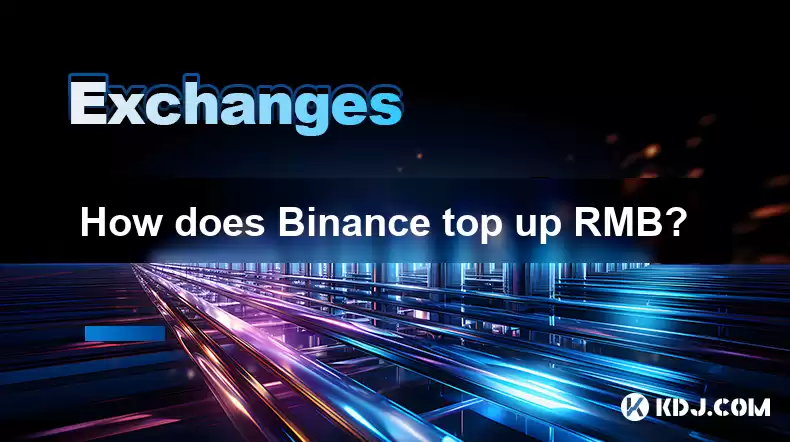
Key Points:
- Binance does not directly support RMB deposits. Users must utilize third-party payment methods or peer-to-peer (P2P) trading to convert RMB into supported cryptocurrencies before depositing them onto Binance.
- Popular methods include using a cryptocurrency exchange that supports RMB deposits and then transferring the acquired cryptocurrency to Binance, or utilizing Binance's P2P marketplace.
- Risks associated with third-party platforms and P2P trading include scams and potential loss of funds. Due diligence and caution are crucial.
- Understanding the fees involved in each step of the process is vital for cost-effective RMB to Binance transfers.
- Regulations surrounding cryptocurrency trading in China significantly impact the available options for RMB deposits on Binance.
How Does Binance Top Up RMB?
Binance, one of the world's largest cryptocurrency exchanges, doesn't directly accept Chinese Yuan (RMB) deposits. This is due to regulatory restrictions in China concerning cryptocurrency transactions. Therefore, users wishing to add RMB to their Binance account must employ alternative methods. These methods invariably involve intermediary steps to convert RMB into a cryptocurrency that Binance supports, like Bitcoin (BTC) or Tether (USDT).
One common method involves using a cryptocurrency exchange that accepts RMB deposits. Many smaller exchanges in China and other regions operate with RMB on-ramps. You would first deposit RMB into this exchange, then buy a cryptocurrency like USDT or BTC. Finally, you would transfer this cryptocurrency from the intermediary exchange to your Binance account. This process requires careful selection of a reputable intermediary platform to minimize risk.
Another popular approach is to use Binance's peer-to-peer (P2P) trading platform. Binance P2P connects buyers and sellers directly, allowing users to trade RMB for various cryptocurrencies. This platform operates within a framework of escrow protection, designed to minimize the risk of scams. However, users must still exercise caution and due diligence when selecting trading partners. Carefully review their reputation and transaction history before initiating any trade.
The process of using Binance P2P generally involves:
- Finding a seller: Browse available offers on the Binance P2P platform, comparing prices and seller ratings.
- Initiating a trade: Once a suitable seller is found, initiate a trade by selecting the desired amount of cryptocurrency and payment method.
- Completing the payment: Transfer the RMB to the seller using the agreed-upon method (e.g., Alipay, WeChat Pay).
- Releasing the cryptocurrency: After confirming the payment, the seller releases the cryptocurrency to your Binance account.
Remember that fees are involved at each stage of these processes. Intermediary exchanges usually charge trading fees and potentially deposit/withdrawal fees. Binance itself also has fees for deposits and withdrawals, and P2P trades may involve additional fees or premiums depending on the seller. It's crucial to factor these costs into your overall budget.
The legal landscape surrounding cryptocurrency in China significantly influences the methods available for depositing RMB into Binance. Chinese regulations have made it challenging to directly convert RMB to cryptocurrencies, forcing users to seek alternative, often less straightforward, routes. Staying informed about these evolving regulations is important for users.
Understanding the risks associated with each method is crucial. Using unofficial or unregulated third-party exchanges carries a higher risk of scams and fraud. Similarly, P2P trading, while offering some protections, still involves a degree of risk related to counterparty reliability. Thorough research and cautious selection of trading partners are paramount. Always verify the legitimacy of any exchange or platform before depositing funds.
Furthermore, consider the speed of each method. Intermediary exchanges might have slower processing times compared to P2P, which generally offers faster transactions, though this depends on the responsiveness of the trading partner. The speed also depends on the network congestion of the chosen cryptocurrency.
Choosing the right method depends on individual preferences and risk tolerance. Some users prioritize speed and convenience, while others may focus on minimizing fees or maximizing security. It's essential to weigh these factors before selecting a method for topping up RMB on Binance. Always remember that the lack of direct RMB support on Binance necessitates these indirect methods, which inherently carry certain risks.
Frequently Asked Questions:
Q: Is it legal to transfer RMB to Binance from China?
A: Due to Chinese regulations, directly transferring RMB to Binance is not permitted. The methods outlined above are workarounds, and their legality is a complex issue depending on individual circumstances and interpretations of Chinese law. Users should research the current regulations and understand the potential legal implications before proceeding.
Q: What are the safest methods to top up RMB on Binance?
A: There's no single "safest" method. Both using a reputable intermediary exchange and Binance's P2P platform carry inherent risks. Minimizing risk involves thorough due diligence: researching and verifying the legitimacy of any exchange or trading partner, using only secure payment methods, and carefully reviewing all transaction details before proceeding.
Q: What are the fees associated with topping up RMB on Binance?
A: Fees vary depending on the chosen method. Intermediary exchanges charge trading fees and potentially deposit/withdrawal fees. Binance itself has its own fees, and P2P trades may involve premiums set by the seller. Users should carefully review the fee structures of each platform and individual trade before committing.
Q: What cryptocurrencies are best to transfer to Binance from an RMB exchange?
A: USDT (Tether) and BTC (Bitcoin) are commonly used due to their liquidity and widespread acceptance on Binance. However, other cryptocurrencies supported by both the intermediary exchange and Binance can also be used. The choice depends on factors like trading fees and transaction speed.
Q: What if I encounter a problem with a P2P trade on Binance?
A: Binance's P2P platform provides some escrow protection, but disputes can still arise. Familiarize yourself with Binance's dispute resolution process and follow their guidelines to address any issues promptly. Document all transactions and communications thoroughly.
Disclaimer:info@kdj.com
The information provided is not trading advice. kdj.com does not assume any responsibility for any investments made based on the information provided in this article. Cryptocurrencies are highly volatile and it is highly recommended that you invest with caution after thorough research!
If you believe that the content used on this website infringes your copyright, please contact us immediately (info@kdj.com) and we will delete it promptly.
- UNITE, KuCoin, and the Future of Mobile Gaming: A New York Minute on Web3
- 2025-07-30 16:30:12
- Strategy, Bitcoin, Investment: Riding the Crypto Wave Like a Pro
- 2025-07-30 16:30:12
- JD.com, Jcoin, and Stablecoins: Hong Kong's Regulatory Embrace
- 2025-07-30 16:50:11
- Pi Network, Onramp Money, and Wallet Fails: What's the Deal?
- 2025-07-30 16:50:11
- PENGU Price Primed for Liftoff? Bullish Rally Signals Emerge
- 2025-07-30 16:55:12
- Dogecoin's Wild Ride: Token Unlocks, Circulation, and the $1 Dream
- 2025-07-30 16:55:12
Related knowledge
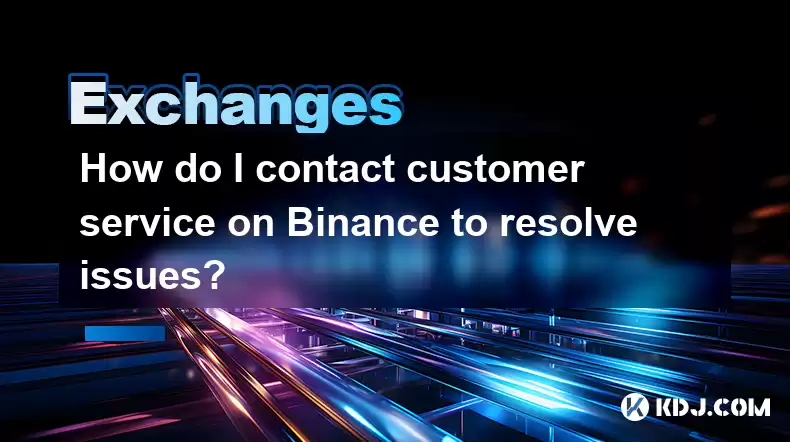
How do I contact customer service on Binance to resolve issues?
Mar 16,2025 at 04:30am
Key Points:Binance's customer service is primarily self-service, relying heavily on its help center and FAQs.Direct contact methods are limited, with ...
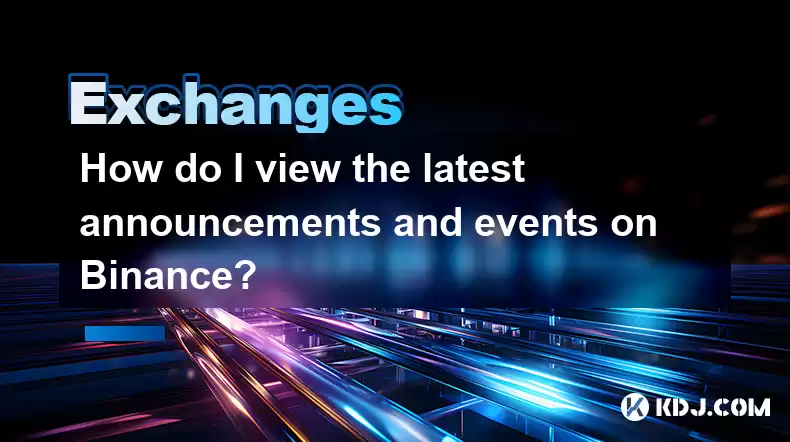
How do I view the latest announcements and events on Binance?
Mar 18,2025 at 10:18pm
Key Points:Binance utilizes multiple channels for disseminating announcements and events.The official Binance website is the primary source.Binance's ...
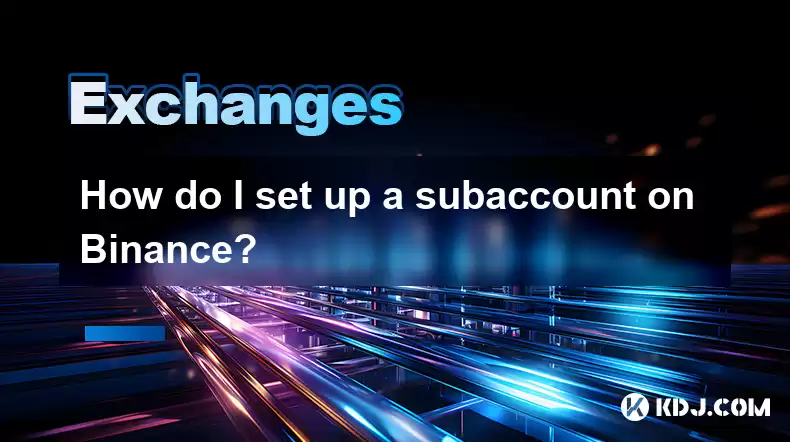
How do I set up a subaccount on Binance?
Mar 14,2025 at 01:50pm
Key Points:Binance does not offer traditional "subaccounts" in the sense of separate accounts with independent logins under a master account.Instead, ...

How do I view the list of supported currencies on Binance?
Mar 15,2025 at 05:35am
Key Points:Binance supports a vast and frequently updated list of cryptocurrencies. There's no single, static list.Finding supported currencies requir...
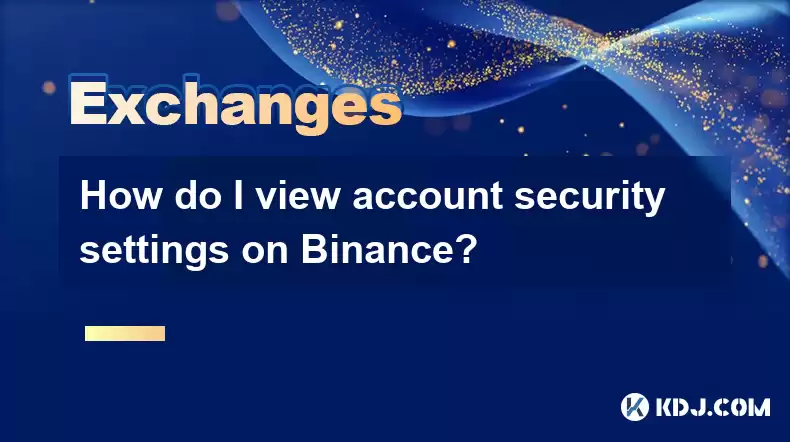
How do I view account security settings on Binance?
Mar 15,2025 at 08:40pm
Key Points:Binance's security settings are spread across multiple sections of your account. This article will guide you through each crucial area.Unde...
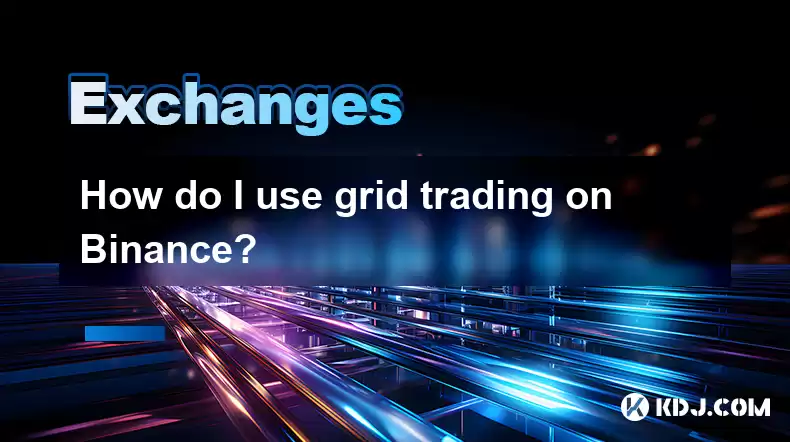
How do I use grid trading on Binance?
Mar 14,2025 at 04:25pm
Key Points:Grid trading on Binance involves automatically buying low and selling high within a defined price range.Binance offers a built-in grid trad...

How do I contact customer service on Binance to resolve issues?
Mar 16,2025 at 04:30am
Key Points:Binance's customer service is primarily self-service, relying heavily on its help center and FAQs.Direct contact methods are limited, with ...

How do I view the latest announcements and events on Binance?
Mar 18,2025 at 10:18pm
Key Points:Binance utilizes multiple channels for disseminating announcements and events.The official Binance website is the primary source.Binance's ...

How do I set up a subaccount on Binance?
Mar 14,2025 at 01:50pm
Key Points:Binance does not offer traditional "subaccounts" in the sense of separate accounts with independent logins under a master account.Instead, ...

How do I view the list of supported currencies on Binance?
Mar 15,2025 at 05:35am
Key Points:Binance supports a vast and frequently updated list of cryptocurrencies. There's no single, static list.Finding supported currencies requir...

How do I view account security settings on Binance?
Mar 15,2025 at 08:40pm
Key Points:Binance's security settings are spread across multiple sections of your account. This article will guide you through each crucial area.Unde...

How do I use grid trading on Binance?
Mar 14,2025 at 04:25pm
Key Points:Grid trading on Binance involves automatically buying low and selling high within a defined price range.Binance offers a built-in grid trad...
See all articles

























































































